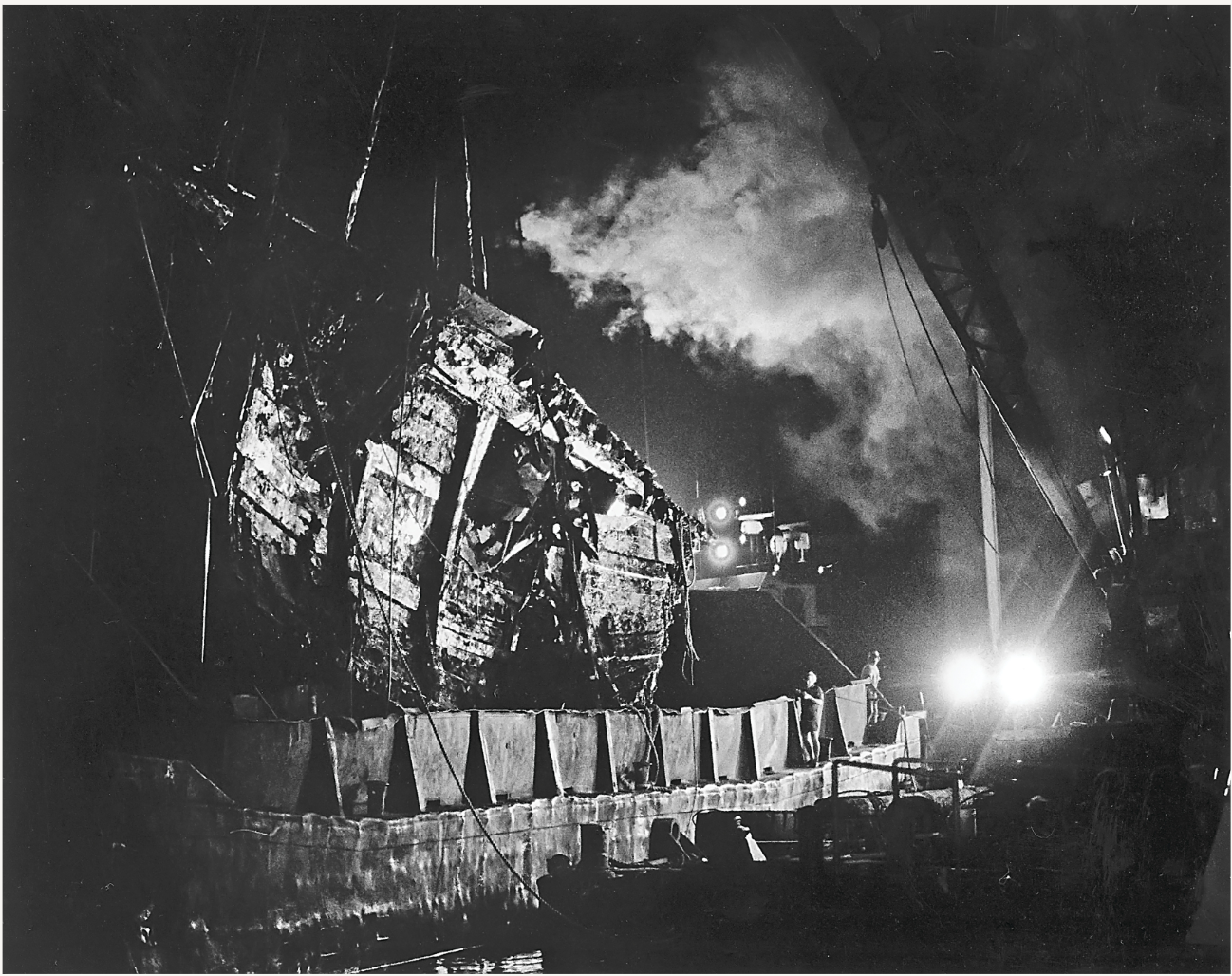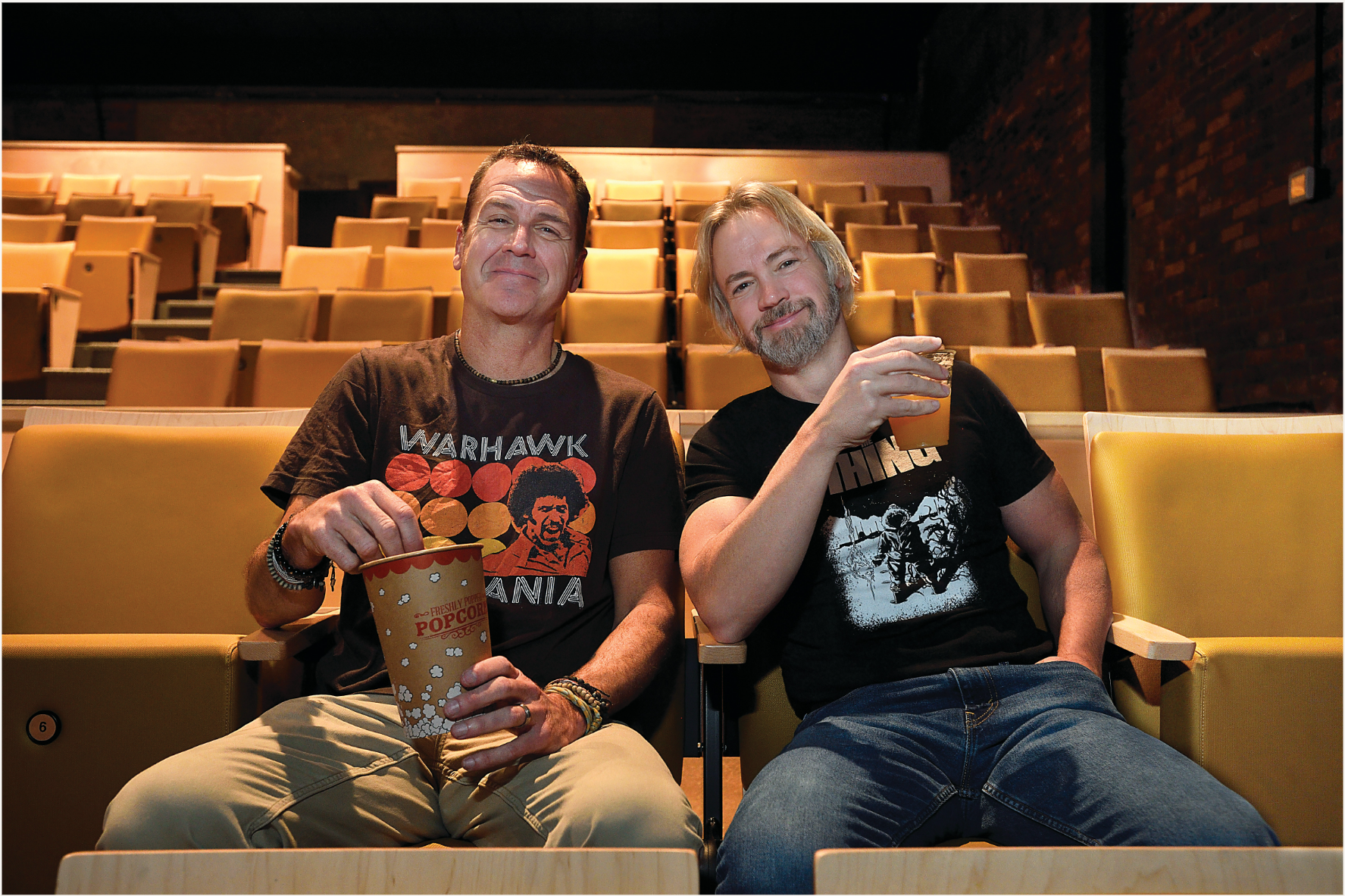Below the Waves
- Details
- Written by Kris Legates
Shipwrecks abound along the coast of Delaware
By Pam George
Photograph by Marc Clery
From the May 2024 issue

It’s a typical sunny day, and beachgoers are taking a leisurely walk on the sand or, if the water is warm enough, splashing in the surf. It’s a peaceful, lighthearted scene. But unknown to many, the sparkling waves hide gloomy graves in the distance — or even beneath one’s feet. There are more than 2,400 wrecks in the waters around the Delmarva Peninsula, according to the National Geographic Society’s “Shipwrecks of Delmarva” map.
If the number surprises you, consider the presence of the two lighthouses on the breakwaters off Lewes as well as the Indian River Life-Saving Station (now a museum), all built in response to seagoing casualties in the 18th and 19th centuries.
Revival House Robs
- Details
- Written by Kris Legates
Meet two film fanatics who share a first name and an inexhaustible love for cinema
By Bill Newcott
Photograph by Scott Nathan
From the May 2024 issue

The two Robs had a dream. “We wanted to create a religious experience for film nerds,” says Rob Waters.
“Yeah,” adds Rob Rector. “Not just watching movies, you know. A communal experience.”
For the past eight years, like Cary Grant and Eva Marie Saint hanging from Mount Rushmore in “North by Northwest,” the two friends have clung to that movie lovers’ vision. They’ve screened obscure cult classics — to full houses and nearly empty ones — at the Milton Theatre. They’ve braved the perils of COVID-19 to present open-air screenings at Hudson Fields. And they’ve put local filmmakers through their paces with their annual Horror Trailer Challenge.
Vacation Paths Less Traveled
- Details
- Written by Kris Legates
By Lynn R. Parks
Photo courtesy of Kathleen Schell
From the April 2024 issue

Preston Schell’s 40th birthday was approaching and he and his wife, Kathleen, were trying to figure out how to celebrate. The Rehoboth-area couple — he is co-founder and president of the Ocean Atlantic Companies, a group of land development and real estate firms; she is co-owner of one of those companies, Monument Sotheby’s International Realty — were tired of the typical vacations they had taken and were looking for something unique.
“We’d been going on trips that were oriented toward relaxing, eating and drinking, and we said, ‘Let’s do something more adventuresome, a little more active,” Kathleen recalls.



